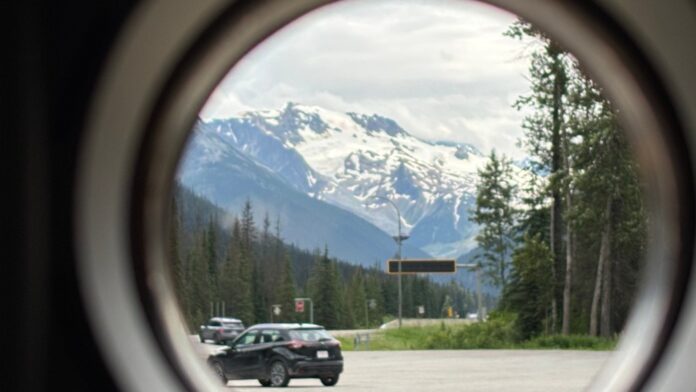In addition to snapping a selfie during a visit to a national or provincial park, visitors are being encouraged to take an “Icy.”
The “Icy Initiative” invites people to photograph glaciers to help monitor how they change over time in B.C. parks. It’s a collaboration among Parks Canada, BC Parks, the BC Parks Foundation and the University of Waterloo.
Cell‑phone stands have been installed in Jasper and Glacier national parks, as well as Bugaboo, Garibaldi and Mount Robson provincial parks. Visitors place their phone in the stand, snap a photo of the glacier and upload it using a QR code on‑site or through the GeoReach website.
Researchers at the University of Waterloo will use the photos to track whether glaciers are retreating, thinning or disappearing.

“The Icy Initiative is community research in action,” said B.C. environment and parks minister Tamara Davidson in a statement. “When the public engages with science, it deepens our understanding of these rapidly changing landscapes – which has never been more important.”
Parks Canada says glaciers in western Canada are melting faster than ever, affecting water tables, agricultural practices and drinking water availability downstream.
“The program provides exceptional educational opportunities for people from around the world to discover Canada’s glacial landscapes, the changes taking place and how this may relate to their own communities,” said Dr. Chris Houser, dean of science at the University of Waterloo.
The initiative builds on the success of the “Coastie” program, launched in 2021, in which visitor‑submitted photos help monitor coastal changes in Atlantic Canada.




